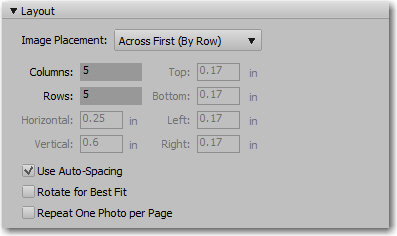

I can do this by holding down the CTRL (Win) CMD (Mac) key and click on the images that I want to select. First I have to identify or select the files I want to Reject.
Edit file details in adobe bridge pdf#
In Acrobat 9 Professional select Advanced > PDF Optimizer. Rejecting Files In this project say I don’t want to use all of the files but don’t want to delete them either. To remove metadata in individual files, you can also use the PDF Optimizer option in Adobe Acrobat. Click the Go To Parent Or Favorites button or Reveal Recent button in the. When you do this the Sort Option changes to Sort Manually. Press the Down arrow and Up arrow keys in the Folders panel to navigate the directory. If you need to you can drag and drop the thumbnails in a different position to create a custom order. This shows the most important metadata fields which you can delete by hand. So you can choose how much information you want to show and what information, by using the Preferences and then using CTRL + T (Win) or CMD + T (Mac). You can create multiple metadata templates so you could have one you apply to all unit photos, one to all BTS images and one to all gallery images for a particular production, for example. If you have Adobe Reader select File > Properties which brings up the Document Properties window.

Then just fill in the information you want to include for every image. Simply navigate to the top of the screen and click: To instantly apply this information to all the files within a production you will want to create a metadata template. Creating metadata templatesįor each production you work on, there is going to be some key identical metadata you want to add to every image eg production title, copyright notice, rights usage terms, creator details etc. If you haven’t already, download your free version of Adobe Bridge and see why you should use the perfect duo of Image Approvals and Bridge here. We love time-saving tips so here’s one for adding captions and metadata to lots of images, super quick!


 0 kommentar(er)
0 kommentar(er)
